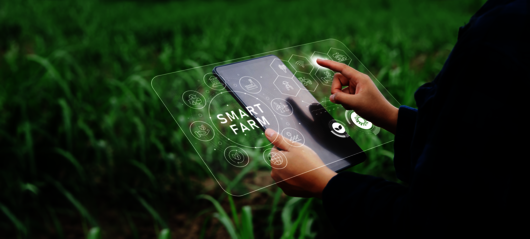Scenario
The EU Commission's Green Deal' Farm-to-Fork' and 'Biodiversity' strategies put forward the ambition for 2030 to reduce nutrient losses to the environment from organic and mineral fertilizers by at least 50% while ensuring no deterioration in soil fertility.
Indeed, the global N fertilizer market is expected to reach USD 105.23 billion by 2030, at a compound annual growth rate (CAGR) of 5% from 2021 to 2030. In the same period, the phosphate rock market size is expected to expand at a CAGR of 3.2%.
Considering the global dimension of this issue (millions of tons of N and P fertilizers are used worldwide yearly, and much of this amount is not reaching the crops), even a slight increase in nutrient use efficiency (NUE) can generate great environmental benefits and savings in financial resources.

However, achieving sustainability objectives while guaranteeing the expected food production will not be easy. Because of this, there is a strong expectation of innovative solutions.
Nanotechnology is expected to play an essential role in sustainable and precision agriculture.
Regarding crop fertilization, the benefits concern the controlled release of N and P from nanofertilizers: a nutrient release more synchronized with the nutritional needs of plants will significantly improve the crop nutrient use efficiency. Using biowastes as a source of nanostructures and their subsequent manipulation into nanohybrids to be used as smart fertilizers capable of significantly improving the NUE represents a cutting-edge innovation towards agriculture sustainability.
